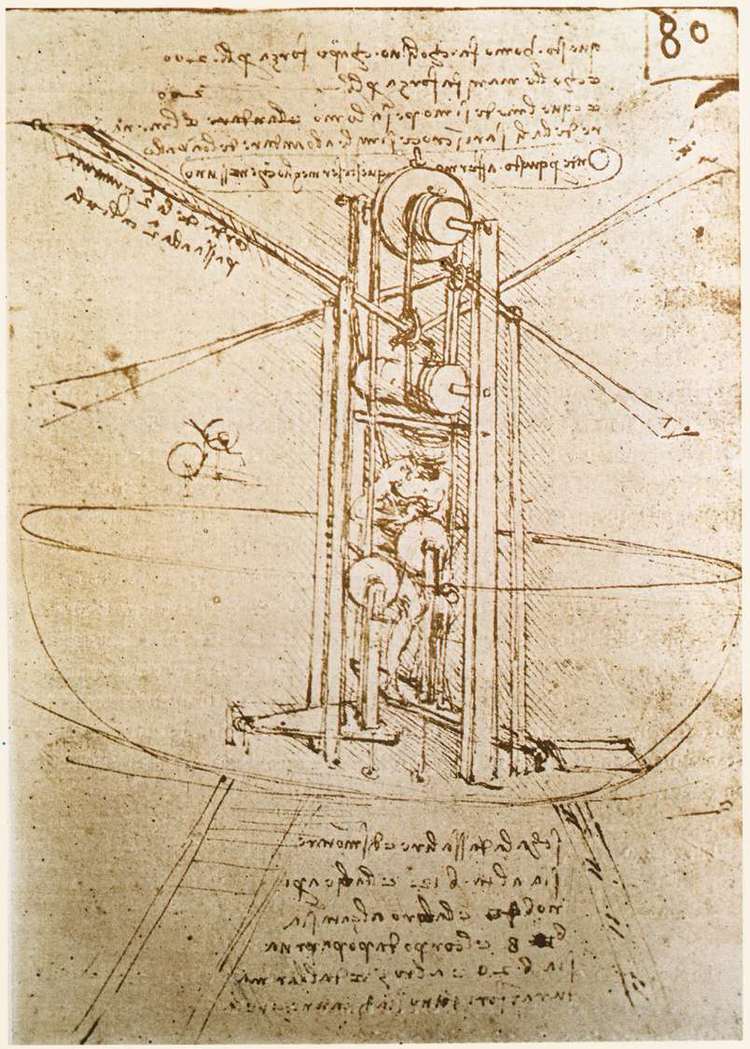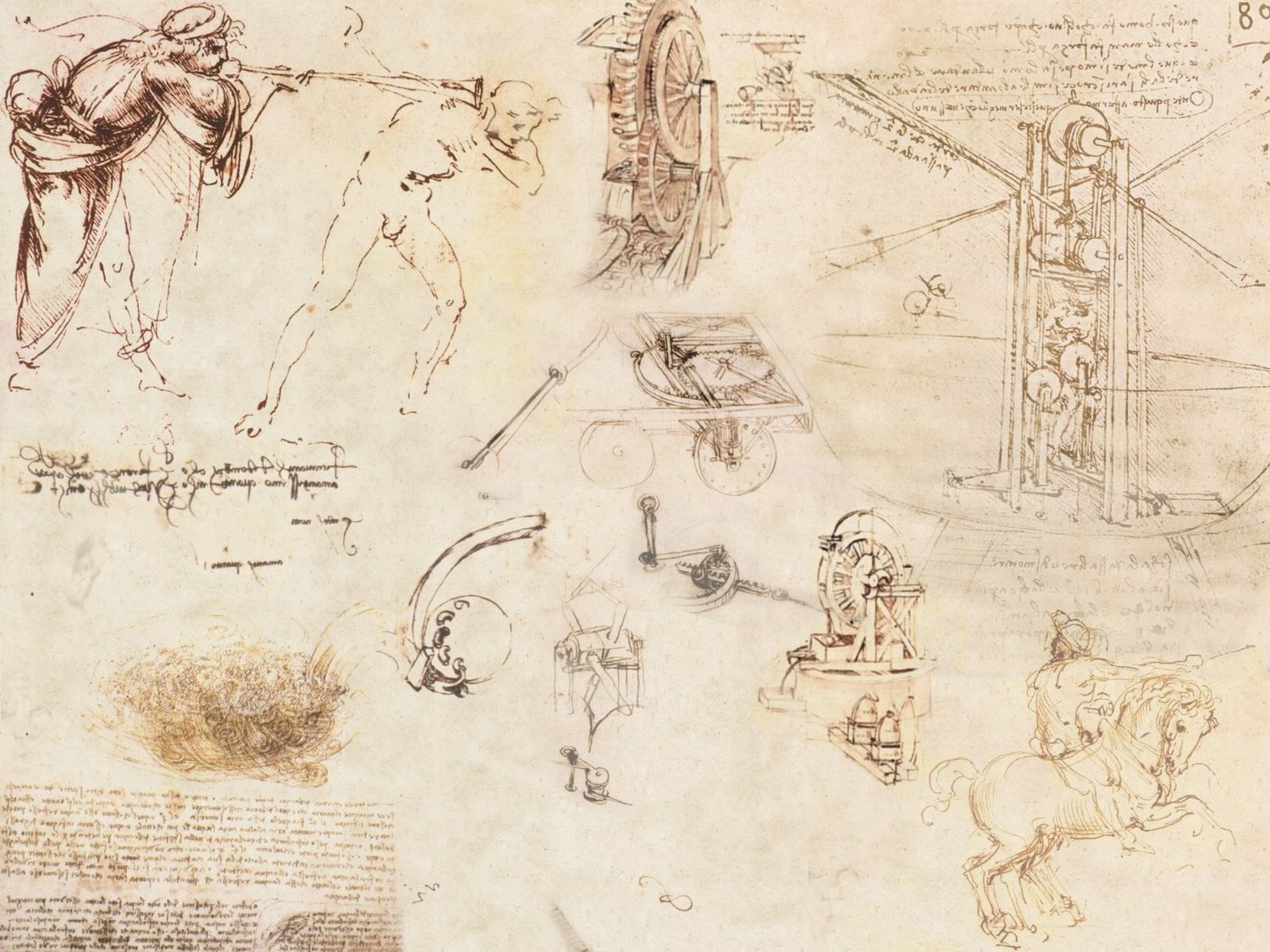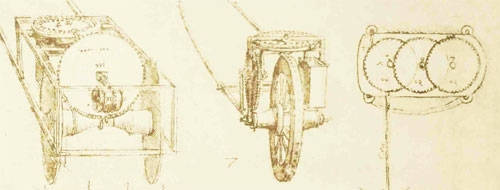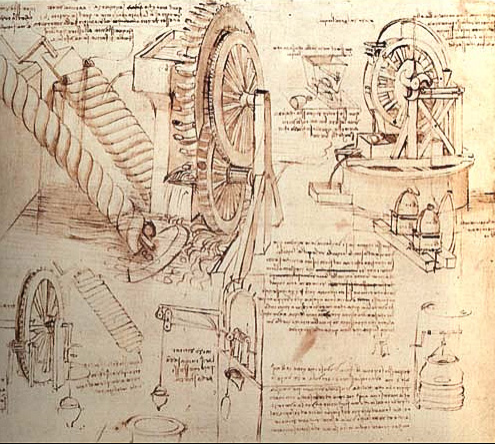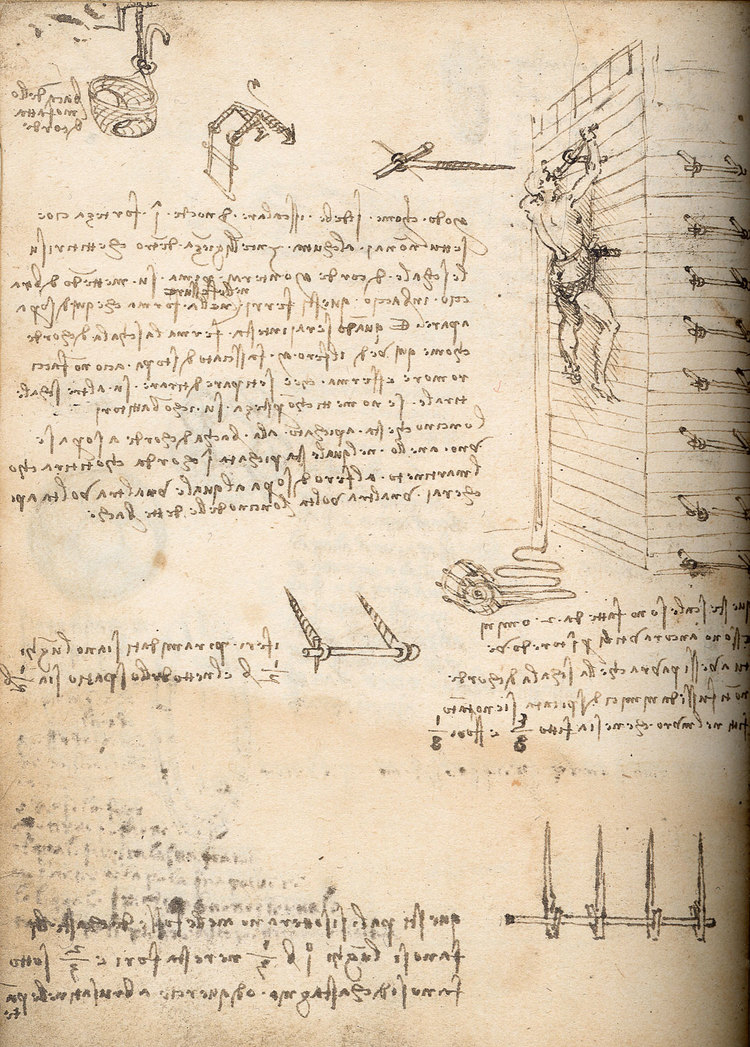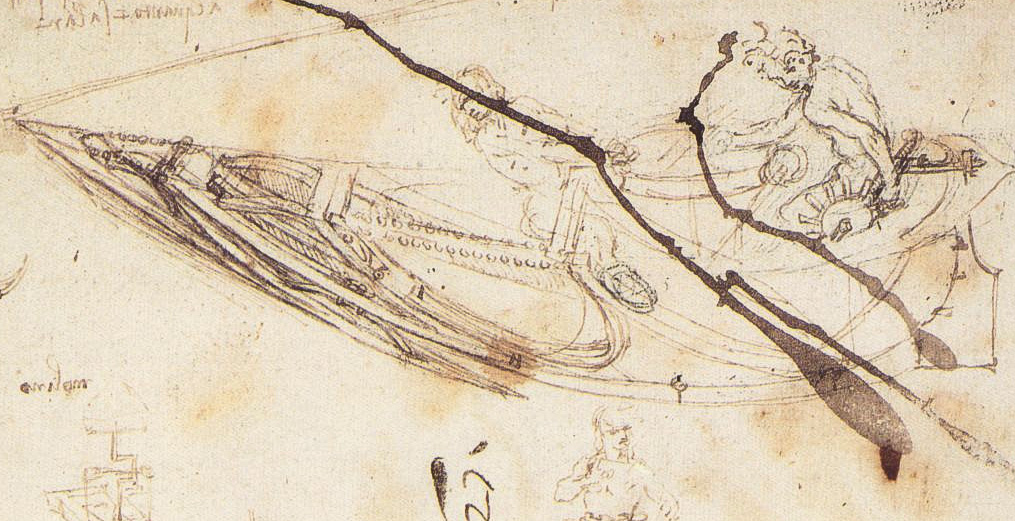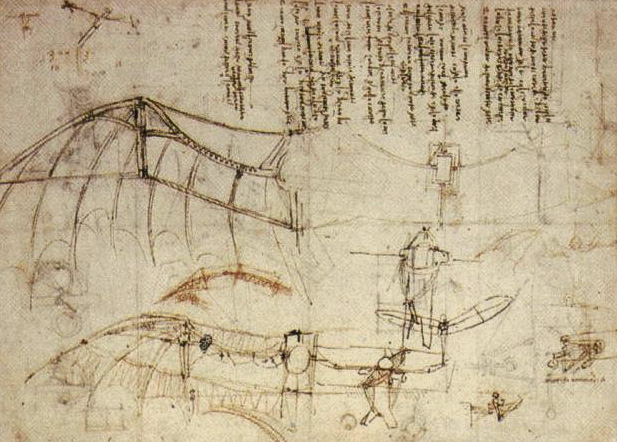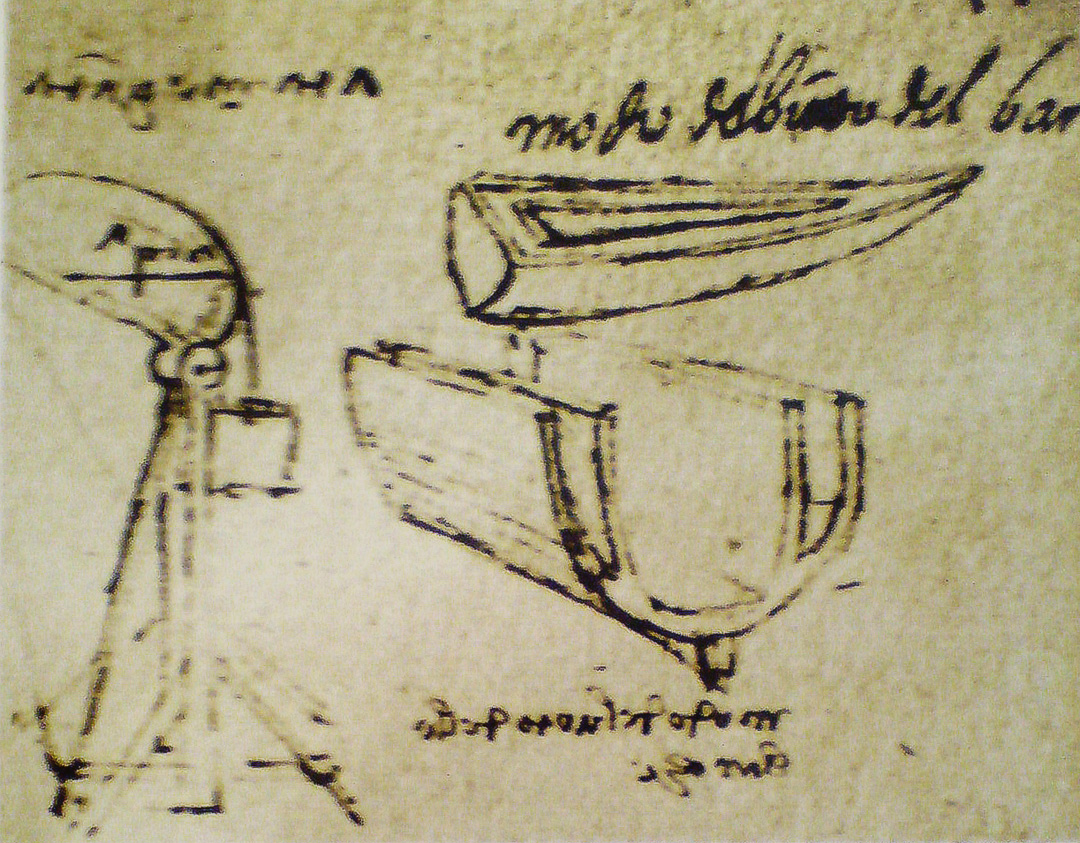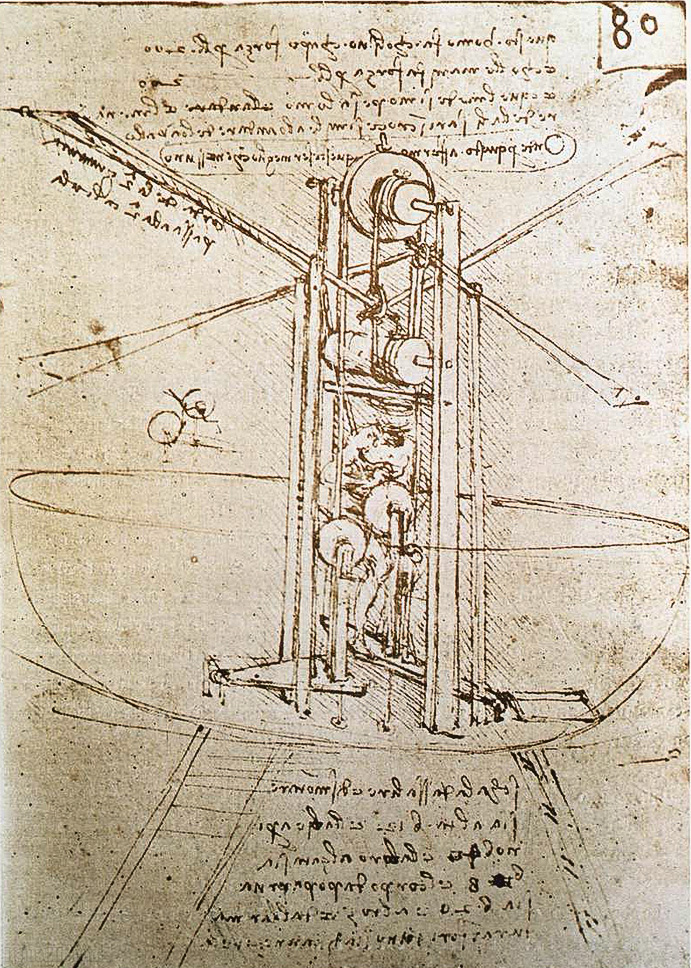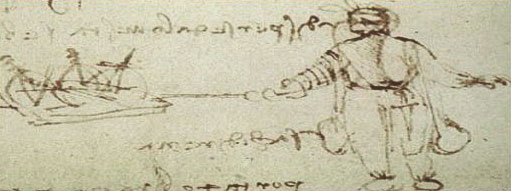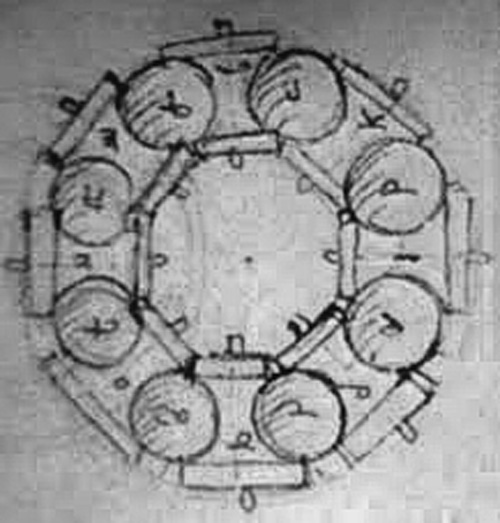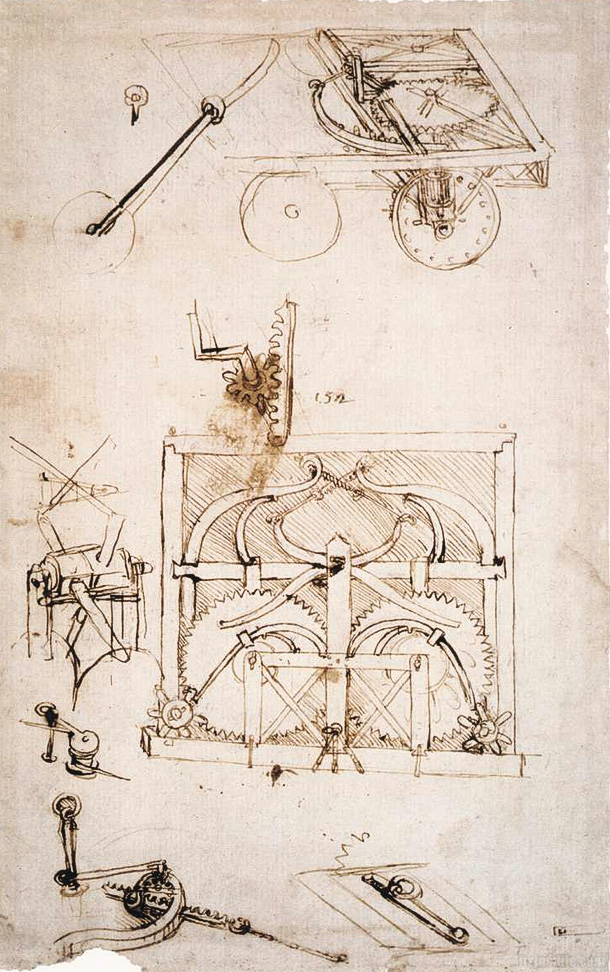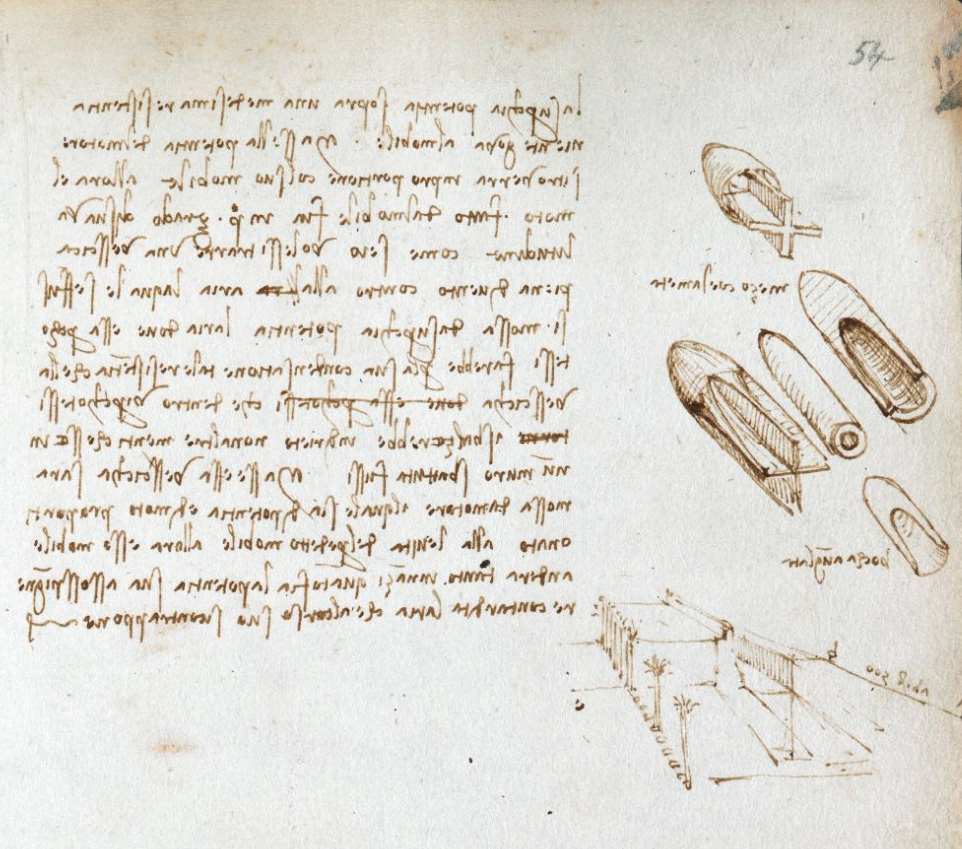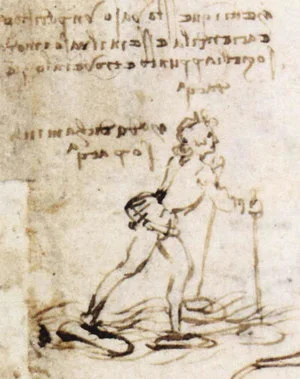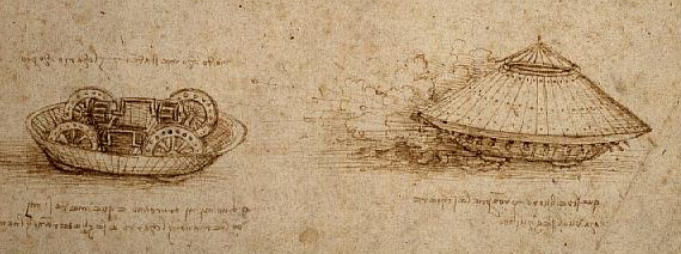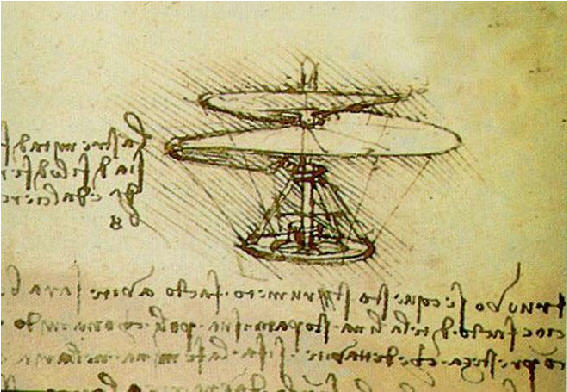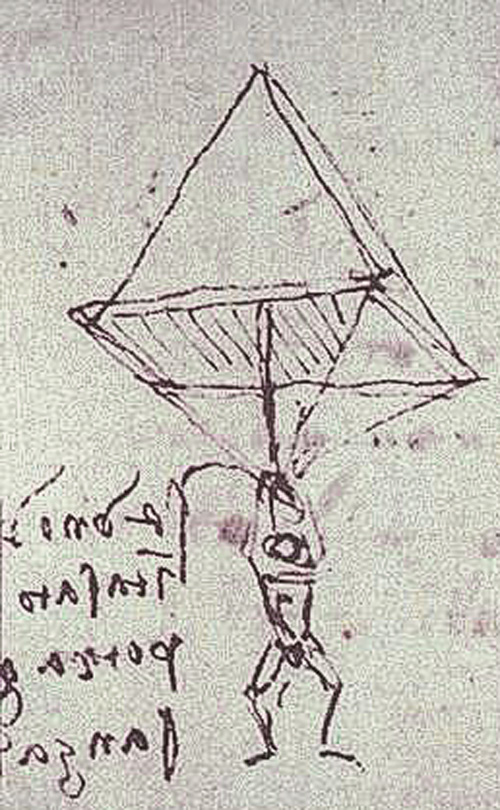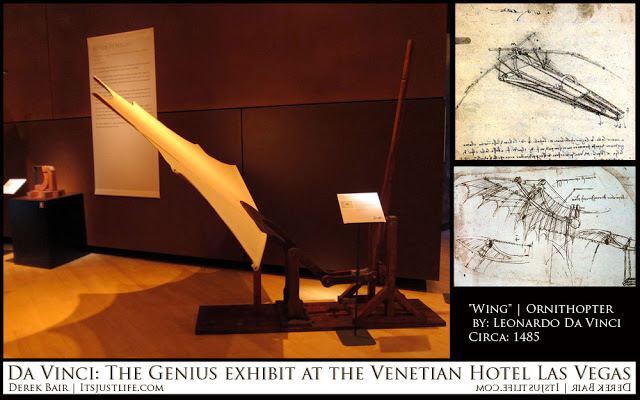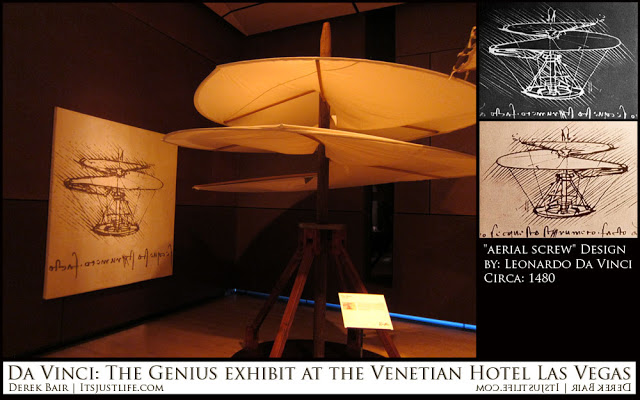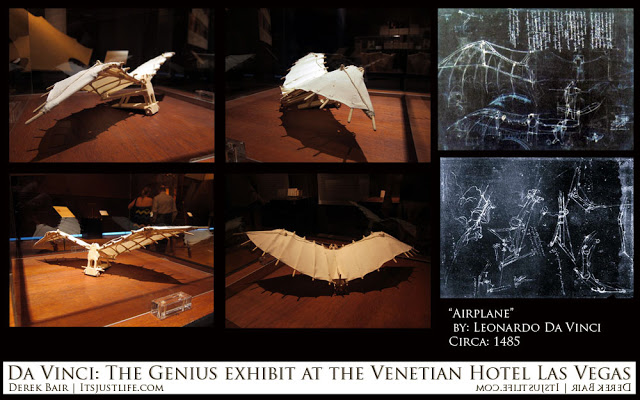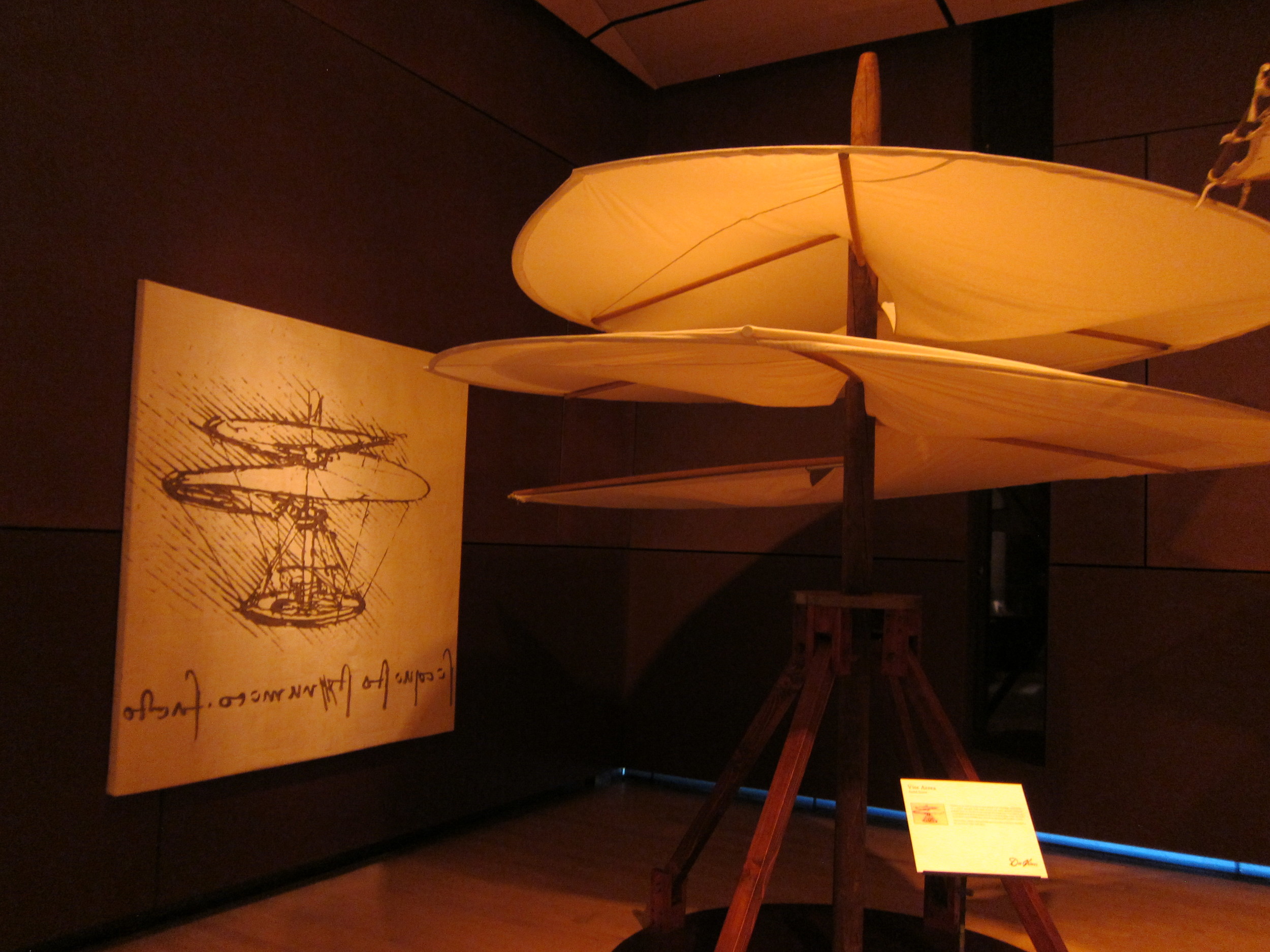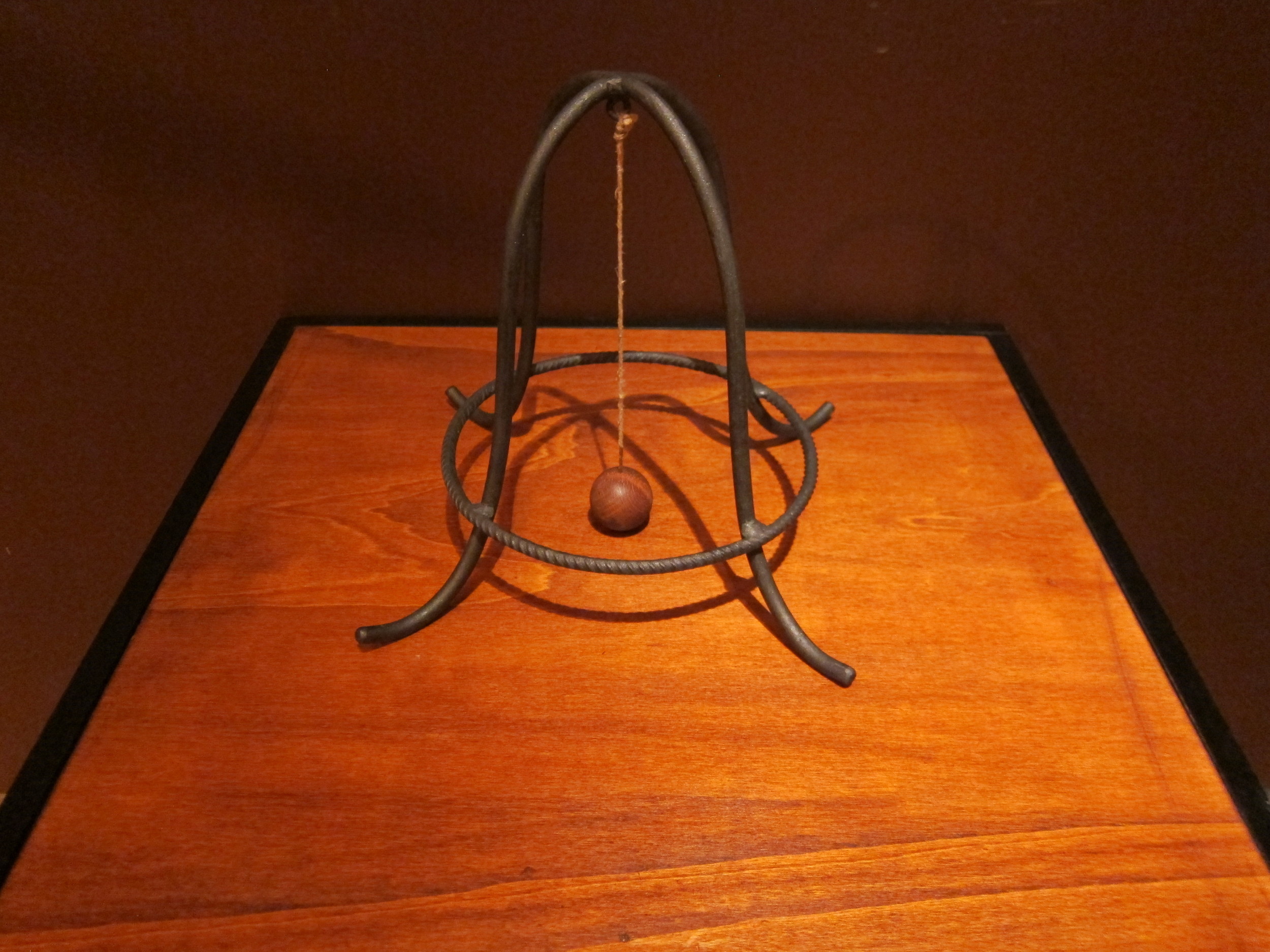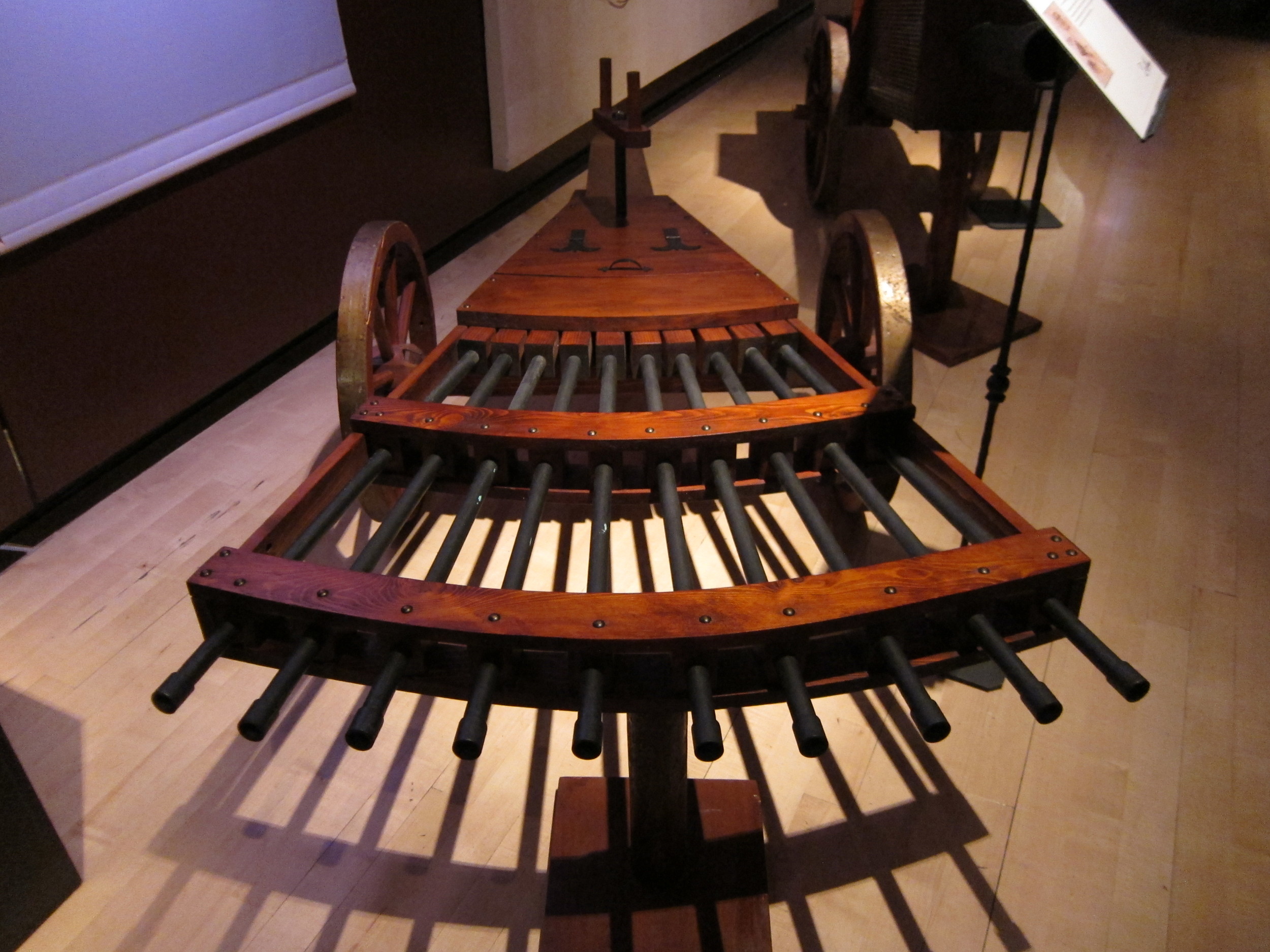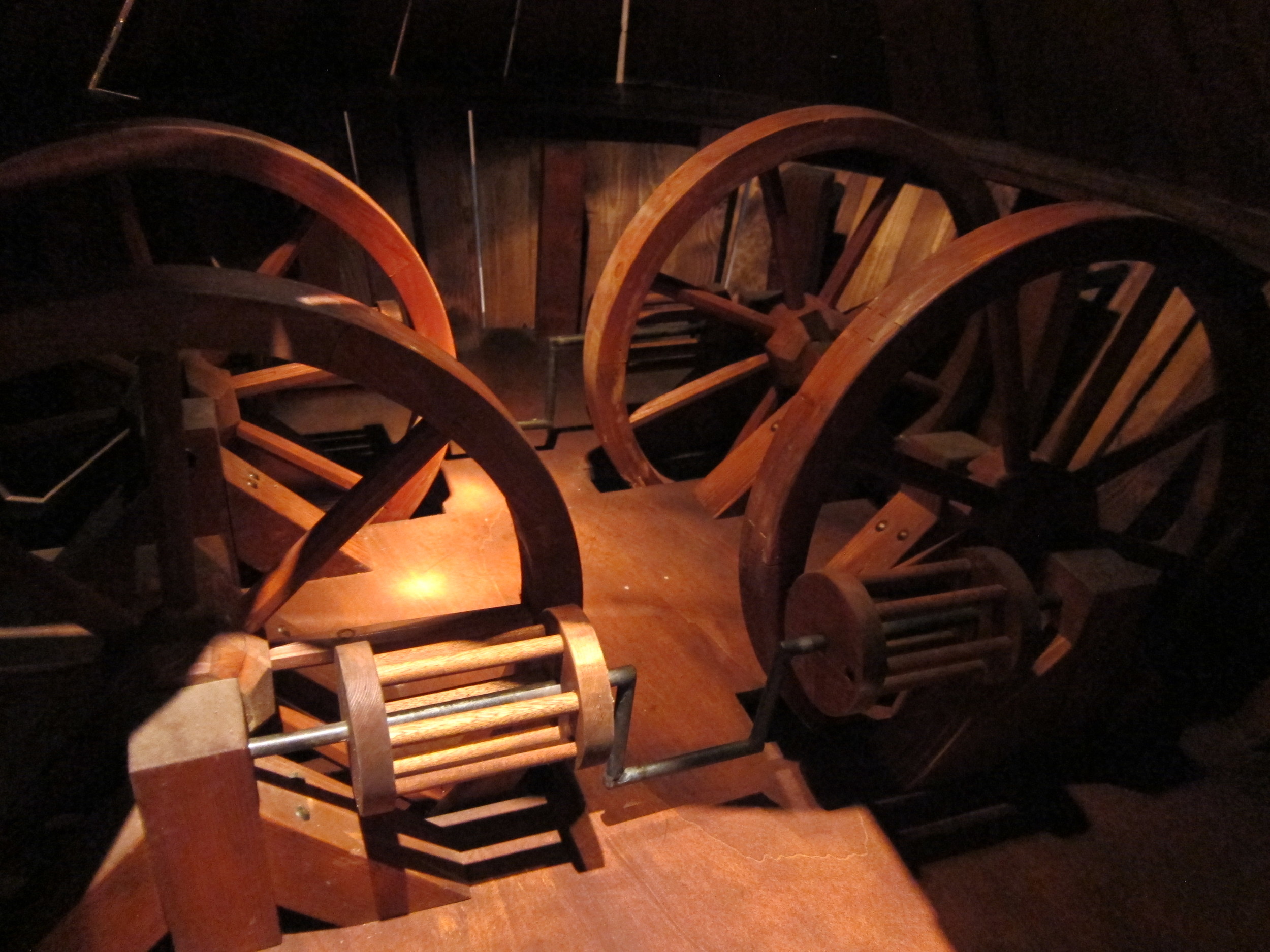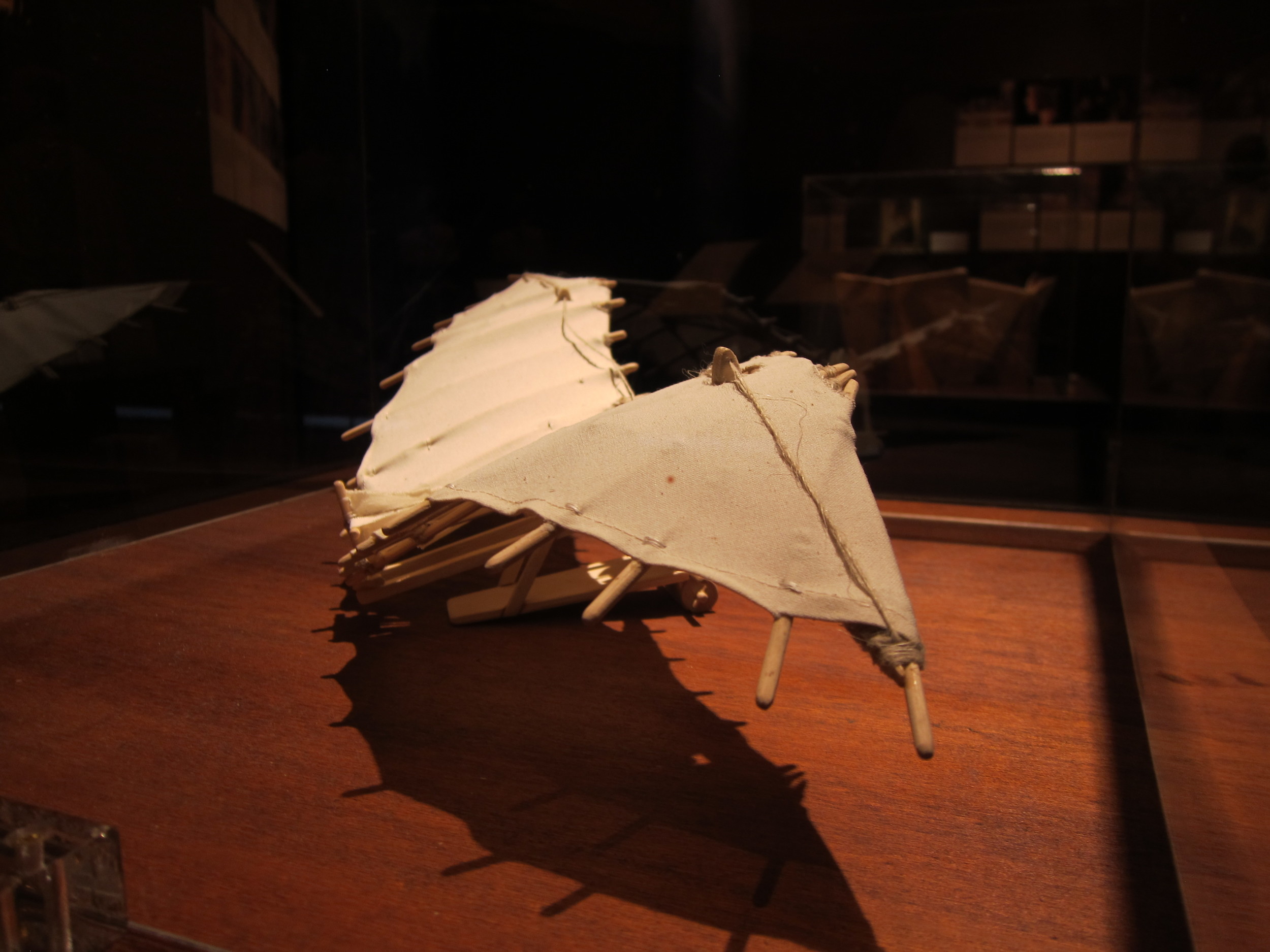
Inventions
"Science is the observation of things possible, whether present or past. Prescience is the knowledge of things which may come to pass, though but slowly."
Pre - Science
"Science is the observation of things possible, whether present or past. Prescience is the knowledge of things which may come to pass, though but slowly." -
These are some of the Inventions and ideas Leonardo da Vinci conceived of.
One of the more interesting aspects of Leo's inventions and discoveries is that they had no real influence on future generations because they were trapped and kept hidden from everyone until hundreds of years later - after they had already been "re-discovered". He never published any of his findings, because some would be considered "heresy" and "blasphemous" and others because he didn't want them to fall into the wrong hands. Others because he knew they wouldn't be possible until the far future.
- Ball Bearing
- Concentrated Solar Power
- Double Hull
- Parachute
- Scissors (Either independently or improved on the pivot action. They were known to exist before in Ancient Rome but it's unknown if Leonardo knew)
- Automated Bobbin winder
- Ornithopter
- Plate Tectonics
- Machine Gun - Rail Gun
- Diving suit
- A machine for testing tensile strength of wires
- Armored Tank
- City of the future
- Aerial Screw
- Robotic knight (and Lion) (robot)
- Submarine
- Calculator
- Horseless carriage / Self propelled cart (Precursor to the automobile)
- Contact Lens (Design)
- Pedometer
- Bicycle - controversial and credited to Salai - Leonardo's Pupil. I think envisioning a relatively simple bicycle design would be easy and very probable for Leonardo considering everything else he conceived of. Why it's credited to Salai is strange. Although, unlike his other inventions this one would have been easy to make and it would seem like it would have caught on?
Flight
Anonymous Sketch from 1470
Parachute:
Although "Andalusian polymath Abbas Ibn Firnas" is credited with inventing the first "Parachute" around 852 - and another anonymous sketch of one was made in 1470 - Leonardo da Vinci could still be considered as having inventing it independently. It's hard to know if he had access or knew about the concept before he sketched and detailed it in his notebooks. Since he also had concepts for "Helicopters" and "Planes" the idea of a parachute is rather simple in comparison. It's interesting that he choose a pyramidal design instead of round - but this could have been due to the practicality of building it with the material available.
Anonymous Sketch from 1470
Airplane:
This would be more accurately called a "Glider" instead of an "Airplane." The difference between an Ornithopter and a Plane would be that the wings do not flap. Another source creates the lift required to keep it in air. Today's airplanes use engines to produce the forward momentum that creates the lift required. So when we say that Leonardo invented the first Airplane it's really that he invented a practical and realistic precursor to modern planes. If the pilot used his body to flap the wings it would be an Ornithopter. If the wings didn't flap and had no other means of propulsion it would be a glider. If the wings didn't flap but had another way to generate propulsion - a propeller - it would be an airplane. It's interesting that if we were to pick and choose from the various concepts and inventions of Leonardo we could essentially create a human powered - airplane. It's very likely that he actually did but didn't sketch it out or those designs were lost. (Only a small % of his journals have survived) All the knowledge and information to create a plane are in his notebooks - but there isn't a fully realized and designed prototype. It's like he realized that it wasn't possible during his life time - but knew that someday it would be. It would be like designing a space ship that would work in space but before there was a way to get it out of Earth's atmosphere.
He studied the flight of birds thoroughly and realized that heavier than air flight was possible. He designed his aircraft's with that knowledge and anticipated how they would be able to change direction and altitude. He realized that a majority of the time a bird was flying required no propulsion but rather that they used the air and their wings/bodies being moved only slightly (rather than being flapped) to "fly." So while a jet would eventually fall to earth if it's engines died a glider could stay in the air almost indefinitely without using any propulsion. It could use wind and high and low pressure to stay off the ground. The problem wasn't how to keep his plane in the air it was how to get it there. Another problem (as I've mentioned before) was the added weight and complexity needed to manipulate the wing's to move and change like a bird does. Each movement would require more levers and pulleys - and this would add even more weight. Today we have solved these problems with lighter materials. If Leonardo had access or knowledge of these kinds of materials there is little doubt he could have not only created a functional glider but take the idea even further and essentially create artificial wings that would allow a man to fly like a bird - or a bat. In a lot of ways this is substantially more complicated and sophisticated than how modern planes operate. Designing a plane without engines is a lot more difficult than to design them with engines that can provide enough lift for the weight of hundreds of tons of metal and plastic. Think about how much more complex creating an artificial bird that could fly would be to a modern airplane. It's the difference between a cheetah and a bicycle.
Cornelis Drebbel - Submarine
